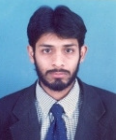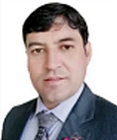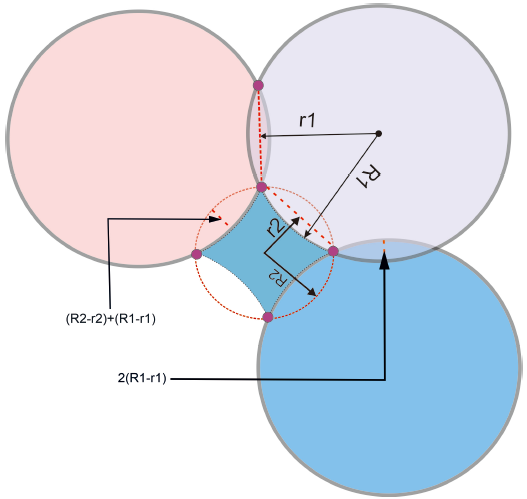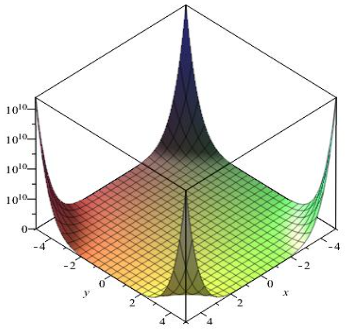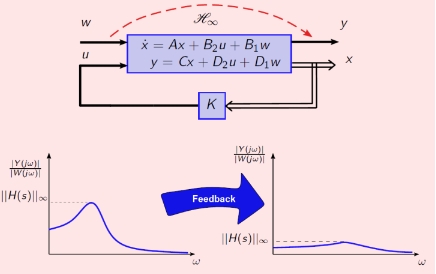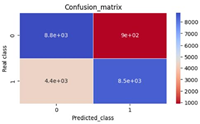Impact of Hindustani ragas in stress management: A statistical study
Abstract
This work is a part of our ongoing research project entitled Hindustani Raga Analysis Using Statistical Musicology with Therapeutic Applications for Stress Management. Using the perceived stress scale (PSS), baseline data were collected on 28 participants, 14 for the control group (non-music intervention group) and the remaining 14 for the case group (music intervention group), the allotment of a participant to one of the groups being done using randomized control trial (RCT) to prevent bias in allocation. After 5 music therapy sessions, the follow-up data were collected and the scores (0, 1, 2, 3, 4) were filled for the 10 questions in the questionnaire of the PSS scale. The rating is 0–13 implying low stress, 14–26 implying moderate stress and 27–40 implying high stress. As per the PSS rule, those having stress levels below 13 were dropped from the study. Thus, the actual number of participants in both groups would be less than those interviewed (sample size n = 7 for each group). Using paired t test, it is found that the case group participants have shown considerable improvement in comparison to the control group. Thus, the efficacy of music intervention in combatting stress is established.
References
[1]Thaut MH. Rhythm, music and the brain: Scientific foundations and clinical applications, 1st ed. Oxfordshire: Routledge; 2005.
[2]Beran J. Statistics in musicology, 1st ed. Boca Raton: Chapman and Hall/CRC Press; 2004.
[3]Temperley D. Music and probability. Cambridge: MIT Press; 2007.
[4]Tewari S, Chakraborty S. Statistical musicology: Embracing Hindustani ragas. New York: Nova Science Publishers; 2022. doi: 10.52305/LCKT9868.
[5]Patel AD. Music, language and the brain, 1st ed. Oxford: Oxford University Press; 2008.
[6]Singh SB, Chandra S, Chakraborty S. A brief survey on music intervention in western and non-western (Indian) music. Med Crave Online Journal of Biology and Medicine 2018; 3(4): 190–194. doi: 10.15406/mojbm.2018.03.00097.
[7]Priyadarshini P, Chakraborty S. Using statistical modeling, rate of change of pitch and inter onset interval to distinguish between restful and restless ragas. Communications in Mathematics and Statistics 2017; 5(2): 199–212. doi: 10.1007/s40304-017-0108-7.
[8]Chakraborty S, Mazzola G, Tewari S, Patra M. Computational musicology in Hindustani music. Cham: Springer Cham; 2014. doi: 10.1007/978-3-319-11472-9.
[9]Aldridge D. An overview of music therapy research. Complementary Therapies in Medicine 1994; 2(4): 204–216. doi: 10.1016/0965-2299(94)90021-3.
[10]Aldridge D. The music of the body: Music therapy in medical settings. Advances 1993; 9(1): 17–35.
[11]Sarkamo T, Soto D. Music listening after stroke: Beneficial effects and potential neural mechanisms. Annals of the New York Academy of Sciences 2012; 1252(1): 266–281. doi: 10.1111/j.1749-6632.2011.06405.
[12]Sairam TV. Reviving raga therapy. Delhi: NADA Centre for Music Therapy; 2004.
[13]Rammohan GV. Music therapy: The present scenario. In: Raju MVR (editor). Health psychology and counselling. New Delhi: Discovery Publishing House; 2009.
[14]Singh SB, Chakraborty S, Jha KM, et al. Impact of Hindustani ragas on visual acuity, spatial orientation and cognitive functions in patients with cerebrovascular accident and diffuse head injury. Music and Medicine 2013; 5(2): 67–75. doi: 10.47513/mmd.v5i2.212.
[15]Perceived stress scale [Internet]. Concord: NH Department of Administrative Services; [accessed 2022 Nov 1]. Available from: https://www.das.nh.gov/wellness/Docs%5CPercieved%20Stress%20Scale.pdf.
[16]Chakraborty S, Katyayan N. Statistical musicology with therapeutic applications. Med Crave Online Journal of Biology and Medicine 2023; 8(2): 50–53. doi: 10.15406/mojbm.2023.08.00183.
[17]Roederer J. The physics and psychophysics of music: An introduction, 4th ed. New York: Springer New York; 2008. doi: 10.1007/978-0-387-09474-8.
Copyright (c) 2023 Soubhik Chakraborty, Avinav Prasad, Apoorva Chakraborty, Prerna Singh

This work is licensed under a Creative Commons Attribution-NonCommercial 4.0 International License.



